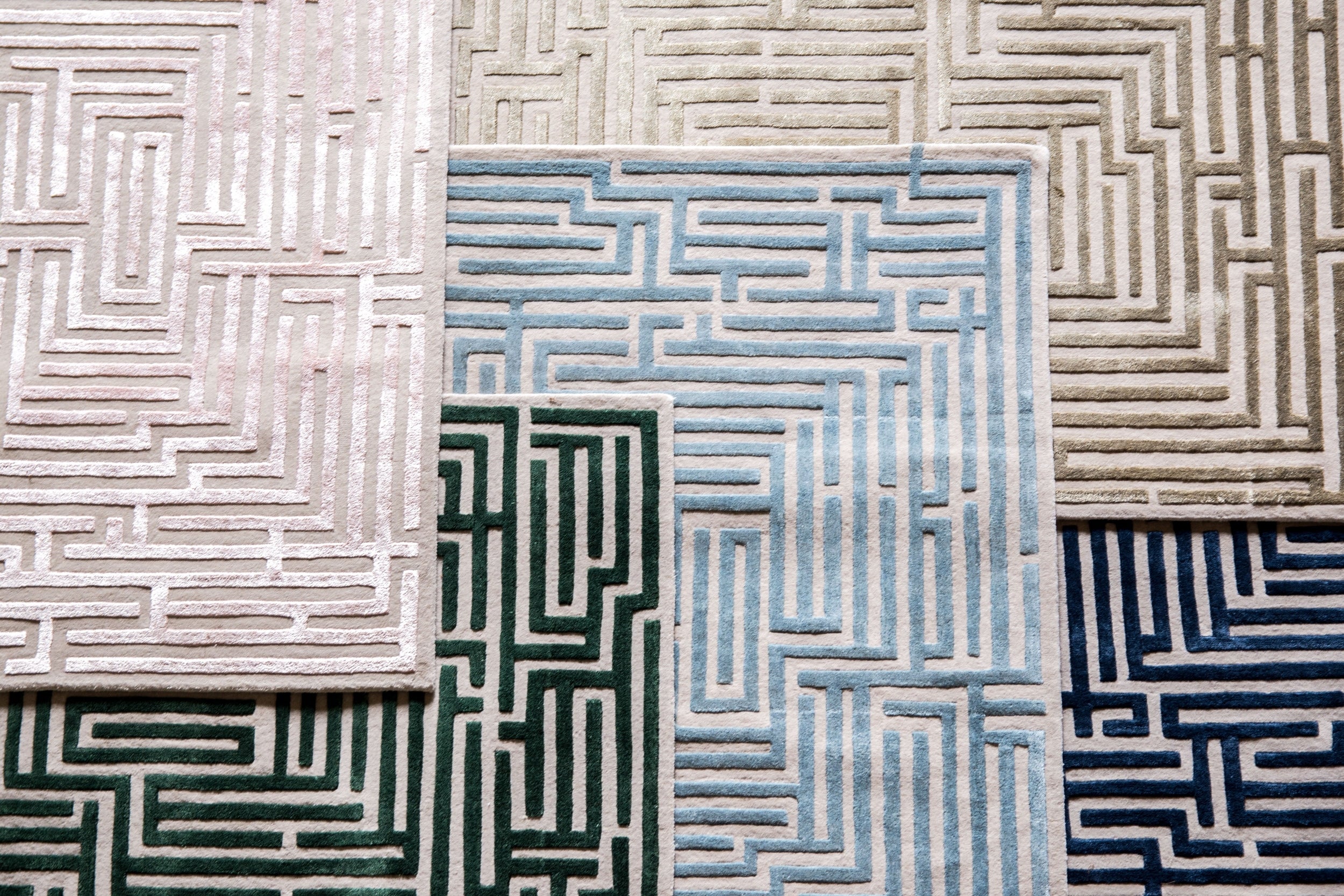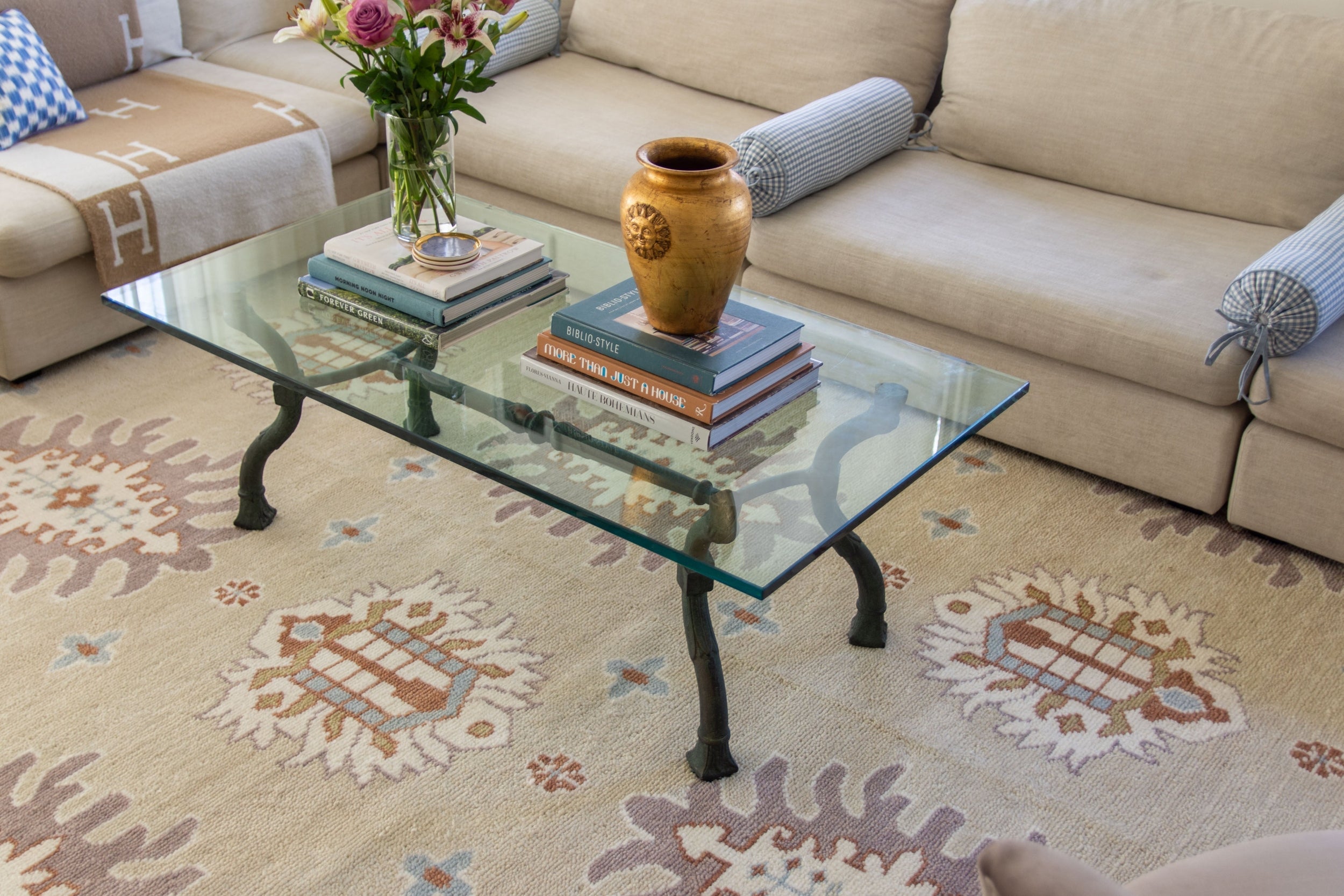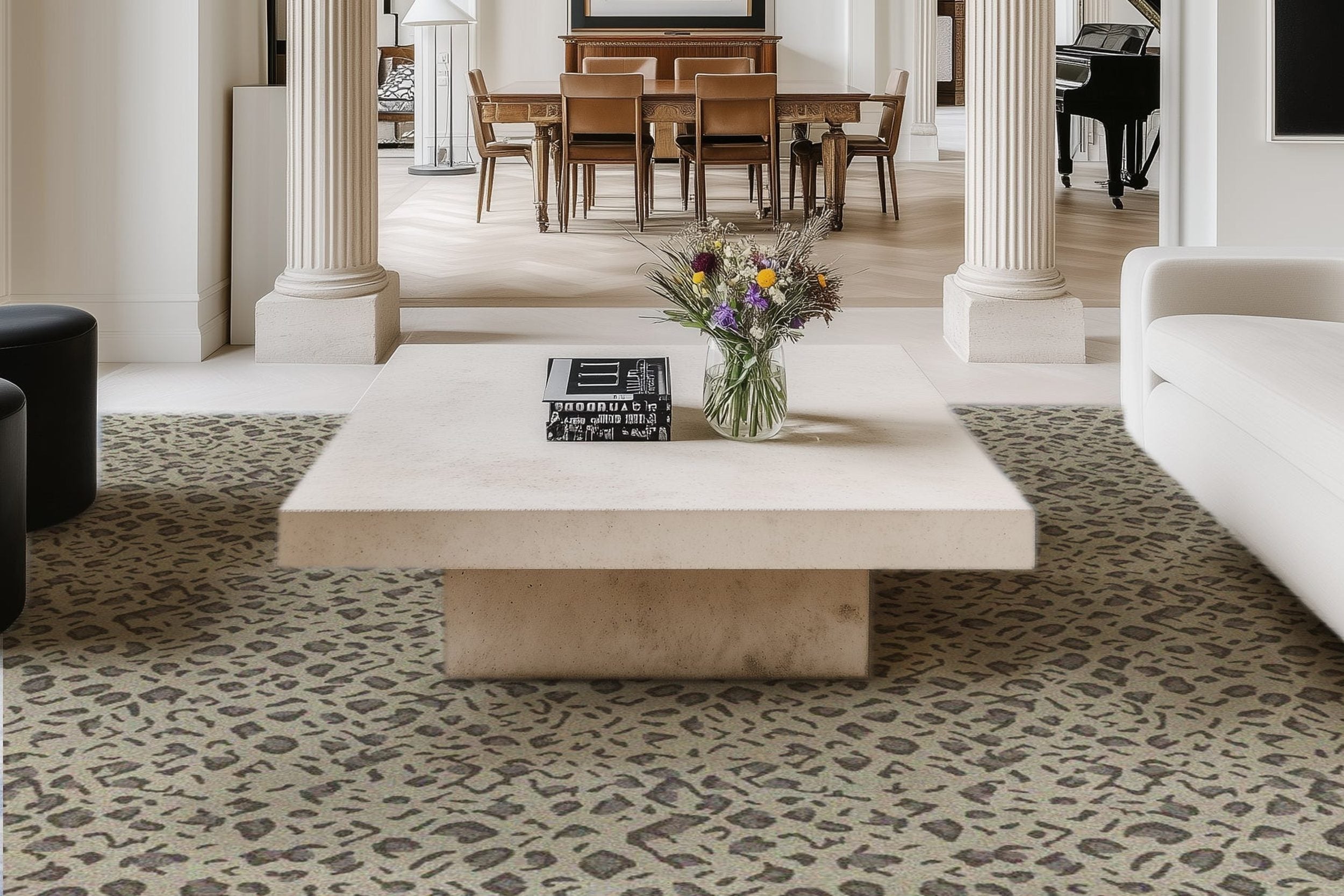How French Drains Prevent Basement Flooding and Moisture

Do you feel frustrated by a damp and moldy basement every time it rains heavily?
You're definitely not alone in this struggle. Water intrusion stands as a prevalent problem for homeowners which can lead to substantial property damage if not addressed.
The good news?
The tried-and-true method to keep your basement dry and protected from water damage is installing French drains.
What You'll Uncover
-
What Are French Drains and How Do They Work?
-
The Different Types of French Drain Systems
-
Signs You Need a French Drain Installation
-
Benefits of Installing a French Drain
-
Installation and Maintenance
-
Cost and Considerations
What Are French Drains and How Do They Work?
French drains aren't actually French at all. The name "French drain" honors Henry French who was both a judge and farmer and who introduced this drainage system through his 1859 book on farm drainage.
But what exactly is a French drain?
The design of a French drain includes a trench packed with gravel or rock which incorporates a perforated pipe throughout its structure. The system works on a simple principle: Water naturally moves downhill seeking the easiest route to flow through. The French drain system creates a simple route for water to travel through.
Here's how the system works:
-
Water flows into the gravel-filled trench
-
Water enters the perforated pipe through its multiple holes.
-
The perforated pipe channels water from your foundation toward an appropriate discharge location.
-
The system stops water from gathering around your foundation which could otherwise leak into your basement.
French drains demonstrate their elegance through straightforward design. The system has no mechanical components to wear down and operates without electrical power while functioning automatically in the presence of water.
Data shows that nearly 98% of basements within the United States will encounter water damage throughout their existence. The need for effective drainage systems such as French drains becomes apparent when considering these statistics.
The Different Types of French Drain Systems
Not all French drains are created equal. Depending on your specific moisture issues, different types of systems might be recommended by services like NJ Basement Waterproofing & French Drain who specialize in evaluating and solving basement moisture problems.
Exterior French Drains
The exterior French drains are positioned around the outer foundation line of your home. Typically these drains are positioned at foundation footing level to capture water before it reaches basement walls.
Key features:
-
Intercepts water before it reaches your foundation
-
Requires significant excavation around your home
-
Most effective when installed during home construction
-
Existing homes can receive retrofits although they demand additional labor effort.
Interior French Drains
Interior perimeter drainage systems are placed inside basements along the floor-wall joint where leaks typically develop.
Key features:
-
Less disruptive to install in existing homes
-
The system collects basement water entries before they reach the basement floor.
-
The system functions alongside a sump pump to extract water from the area.
-
Can be installed regardless of weather conditions
Surface French Drains
The purpose of these less deep systems is to tackle outdoor runoff problems that lead to water buildup in basements.
Key features:
-
Helps manage surface water runoff
-
Avoids water accumulation in yard depressions
-
Redirects water away from your foundation
-
Generally easier and less expensive to install
Signs You Need a French Drain Installation
You can identify if your home needs a French drain system by observing signs that point to water management problems. Keep an eye out for these common indicators that demonstrate water management problems.
-
Visible water in your basement after rainstorms
-
Musty, damp smell in your basement
-
Basement walls and floors show signs of mold or mildew growth.
-
Basement walls show water stains along with efflorescence which appears as a white powdery substance.
-
Cracking in your foundation walls
-
Pooling water around your foundation
-
Your yard contains areas that remain waterlogged because they cannot drain effectively.
According to the American Society of Home Inspectors 60% of homes encounter water seepage issues in either their basements or crawlspaces. These statistics demonstrate how widespread such problems are and emphasize the importance of taking preventative actions.
Benefits of Installing a French Drain
A French drain system provides multiple benefits that extend past the basic solution of eliminating basement water issues.
Protection Against Structural Damage
Water is relentless. The persistent presence of water will erode your foundation which can ultimately cause cracks and lead to severe structural damage. The foundation of your home gets protection against water damage through French drain systems.
Mold Prevention
Mold and mildew thrive in basements with high moisture levels. The fungal growth not only damages property structures but poses significant health risks to your family members. French drains keep basements dry to stop mold growth.
Usable Basement Space
A dry basement is a usable basement. French drain systems enable you to build a rec room, home office or extra living space by maintaining a moisture-free environment.
Increased Property Value
Properties with basements that have been effectively waterproofed generally command higher prices on the resale market. The existence of an effective French drain system serves as a major advantage when drawing potential buyers who worry about water problems.
Flood Protection
French drains serve as essential protection during heavy rainfall by diverting water away from homes to prevent flooding while annual flood damage in the U.S. reaches nearly $8 billion.
Installation and Maintenance
Installation Process
The installation method for French drain systems differs based on whether the system will be exterior or interior.
Exterior Installation:
-
Excavation around the foundation
-
Trench preparation with proper slope
-
Pipe placement with filter fabric
-
Gravel filling and soil replacement
Interior Installation:
-
Concrete floor removal along perimeter
-
Trench digging below floor level
-
Drainage system installation with sump pump connection
-
Gravel filling and concrete restoration
Professional installations generally require 2-5 days to complete depending on both your home's layout complexity and the chosen drainage system type.
Maintenance Tips
Follow these maintenance steps to ensure your French drain continues to operate correctly.
-
Annual inspection before rainy seasons
-
To avoid blockages in your French drain system you should perform cleaning operations every 2-3 years.
-
Sump pump testing and battery backup installation
-
Keep gutters clean to reduce water volume
Cost and Considerations
The cost of installing a French drain system falls between $2,000 and $10,000 depending on various factors.
-
Type of system (interior vs. exterior)
-
Size of your home
-
Soil conditions and accessibility
The expense appears substantial but avoid water damage repairs which can exceed tens of thousands in cost. Homeowners insurance policies often exclude coverage for preventable water damage and thus installing a French drain becomes a financially wise choice.
Taking Action
French drains demonstrate effective performance throughout their 150-year historical application. The simple and clever design of this system uses gravity to redirect water away from your foundation before it has the chance to cause damage.
A properly installed French drain system can turn a damp moldy basement into a dry usable space whether you currently face water problems or want to stop future problems.
Since almost 98% of basements face water problems it's better to take preventative measures. Seek advice from basement waterproofing experts to find out if your property would benefit from a French drain system.
Your dry, protected basement will thank you.
Browse by Category

Design Projects
Explore interiors from client work and personal renovations — layered, livable, and always in progress.
read more →
Collaborations
From product launches to styled spaces, discover the brand stories I’ve helped bring to life.
read more →
The Notebook
A growing archive of iconic designers, inspiring artists, and unforgettable design moments.
read more →
Travel by Design
Wander with a designer’s eye — from charming hotels and city guides to visual inspiration abroad.
read more →




